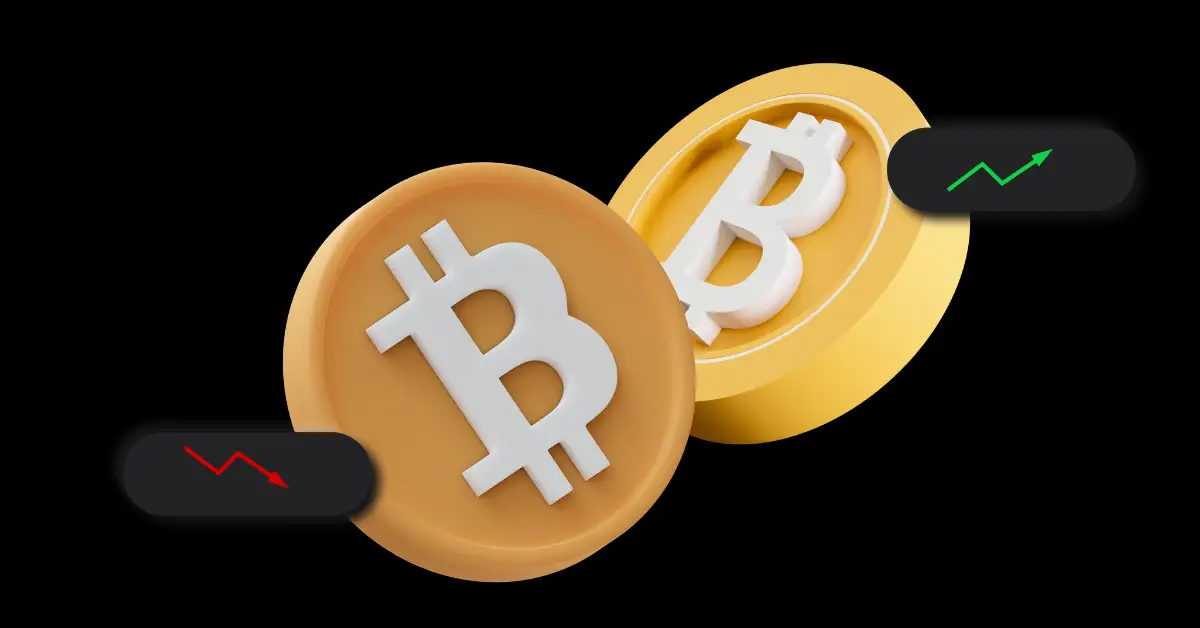Ethereum is like ‘Amazon in the 1990s’ — 21Shares
Wall Street investors are still largely unaware of Ethereum’s potential, similar to Amazon in the early 1990s before it became a $2 trillion tech giant, according to a research analyst at crypto asset manager 21Shares.
Spot Ether ( ETH ) exchange-traded funds launched in July but have seen relatively small inflows compared with spot Bitcoin ( BTC ) ETFs.
Leena ElDeeb, Research Analyst at 21Shares, told Cointelegraph that large inflows into ETH ETFs will happen only when Ethereum’s potential is understood.
Ethereum is “complex, akin to Amazon in the 1990s — promising vast potential but less straightforward in its use cases,” Eldeeb said.
While Amazon started as an online bookstore, “few could have predicted that it would transform into a global e-commerce and cloud computing giant, reshaping how we shop and use digital services,” added Federico Brokate, vice president and head of the US business unit at 21Shares.
Similarly, Ethereum began in 2015 as a platform supporting basic smart contracts and now supports over $140 billion worth of decentralized finance applications.
“Just as Amazon evolved beyond books to redefine entire industries, Ethereum may also surprise us with revolutionary use cases that we can’t fully envision today.”
While Ethereum’s $320 billion market cap is only 6.25% of Amazon’s $2 trillion valuation, Brokate notes one advantage Ethereum has over Amazon in the 1990s is the vast pool of talent working to make the network useful.
“By the end of the 1990s, Amazon employed around 7,600 people. In contrast, the Ethereum network today features over 200,000 active developers — including software engineers, researchers, and protocol designers — all contributing to its evolution,” said Brokate, adding:
“Amazon has grown to employ over 1.5 million people worldwide — growth we may see paralleled in the Ethereum ecosystem.”
While Ethereum has been challenged by Solana and other layer-1 competitors, it still dominates in the world of decentralized exchanges, borrowing and lending, stablecoin and real-world asset markets.
BlackRock, the world’s largest asset management firm, has tokenized over $533 million worth of money market funds on Ethereum. On Nov 1, the Union Bank of Switzerland rolled out a tokenized fund.
Source: Ryan Rasmussen
Payment firms PayPal and Visa are also building on Ethereum.
Yet, “only a few investors understand Ethereum’s potential,” and many have chosen to “remain on the sidelines” with the spot Ether ETFs for the time being, Brokate said.
Short-term investors are still “cautious” and will be less inclined to invest in spot Ether ETFs until there’s “greater clarity” about Ethereum’s potential and use cases, ElDeeb added.
“[However,] we remain optimistic that as the market matures and Ethereum’s diverse applications grow, investor sentiment and adoption will follow a similar path of sustained growth.”
Related: Ethereum ETFs would’ve ‘done better’ if launched in January: Bitstamp exec
Inflows into the spot Ether ETFs were 9% of what the spot Bitcoin ETFs managed over the first 90 days, when excluding Grayscale outflows, noted Katalin Tischhauser, Head of Research at Sygnum Bank.
This was largely expected due to the short marketing period, investors still “digesting” the spot Bitcoin ETFs, and the United States securities regulator not allowing staking, Tischhauser told Cointelegraph.
But the picture could look very “different” in 12 months when investors will have had more time to consider Ethereum’s bull case, Tischhauser said.
For that reason, she isn’t concerned with the number of spot Ether ETF issuers that have consistently recorded “0” flows of late.
“It would be way too soon to talk about delisting, traditional investors need time.”
Several spot Ether ETFs have recorded dozens of “0” flows over the past weeks. Source: Farside Investors
21Shares is one of eight US spot Ether ETF issuers and has amassed $21.9 million of net inflows.
The lack of institutional flows may be attributed to Ethereum’s layer-2 scaling strategy, which is eating into the Ethereum main net’s revenue, Tischhauser said.
CK Zheng, chief investment officer of crypto hedge fund ZX Squared Capital, told Cointelegraph that Ethereum’s falling revenues may not sit well with many Wall Street investors , who implement cash flow analyses for valuation purposes.
Still, as Amazon recorded losses quarter after quarter in the 1990s, Brokate isn’t worried about Ethereum’s recent revenue woes because its layer-2 scaling strategy is onboarding millions of new customers at low costs.
Eventually, fees from layer 2s will become “substantial enough” to restore Ethereum mainnet fees to levels seen before blobs were introduced, Brokate said.
Magazine: Proposed change could save Ethereum from L2 ‘roadmap to hell’
Disclaimer: The content of this article solely reflects the author's opinion and does not represent the platform in any capacity. This article is not intended to serve as a reference for making investment decisions.
You may also like
Euroclear launches tokenized collateral initiative with Digital Asset

Is Sam Bankman Tweeting from Jail? Internet Asks
Crypto Price Today (Feb 25, 2025): Bitcoin Dips Below $90k; ETH, XRP & SOL Drops 13%

Why is Chainlink ($LINK) price down today? Can it recover from here?

